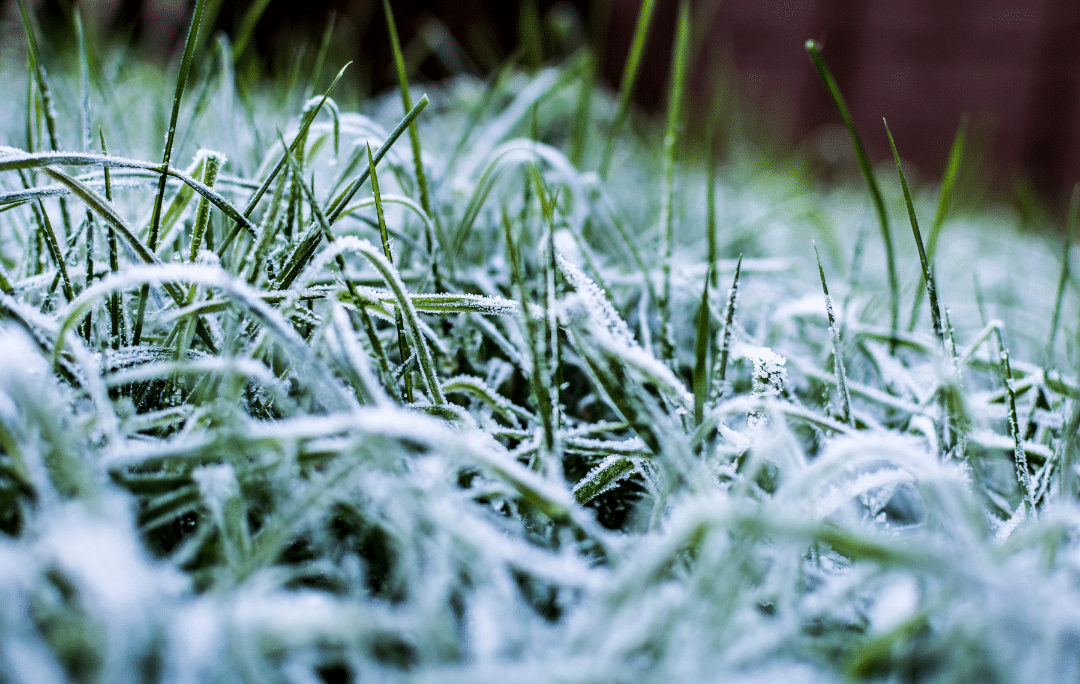Dethatching and aerating your lawn during the winter months might seem counterintuitive, but it’s a strategic move that can yield significant benefits, especially when handled by professionals like Grounded Landscape Designs. Let’s explore why these practices are crucial for maintaining a beautiful lawn throughout the year.

- Breaking Through the Thatch Layer Barrier: During the warmer months, your lawn accumulates a layer of dead grass, roots, and debris called thatch. While some thatch is natural and beneficial, excessive buildup can suffocate your lawn, preventing vital nutrients, water, and air from reaching the soil. Winter is an ideal time to dethatch your lawn, as the grass is dormant, making it less stressful for the turf to recover from the process. By removing excessive thatch, you create space for new growth and allow essential nutrients to penetrate deeper into the soil, promoting healthier grass roots.
- Aeration: Breathing New Life Into Your Lawn: Just like we need to breathe to stay healthy, your lawn requires adequate air circulation to thrive. Over time, soil compaction from heavy foot traffic, machinery, and natural settling can restrict airflow and hinder root development. Aeration involves perforating the soil with small holes to alleviate compaction and promote better oxygen, water, and nutrient absorption. Winter aeration is particularly beneficial because the soil is typically moist, allowing for easier penetration without causing excessive disruption to the turf. By aerating your lawn in winter, you set the stage for robust root growth come springtime.
- Enhanced Water Absorption and Drainage: Proper water management is essential for maintaining a vibrant lawn, and dethatching and aerating play crucial roles in this aspect. By removing thatch and aerating the soil, you create pathways for water to penetrate deep into the root zone, reducing runoff and promoting the absorption of water. This helps prevent water pooling during heavy rains and ensures that your lawn remains adequately hydrated even during dry spells. The result is a healthier, more resilient lawn that can better withstand fluctuations in weather conditions.
- Improved Nutrient Uptake: Nutrients are the lifeblood of your lawn, fueling growth, resilience, and overall health. However, when soil becomes compacted or choked with thatch, it hinders the uptake of adequate nutrients by the grass roots. The Dethatching and aerating process breaks down these barriers in your lawn, allowing nutrients to penetrate deeper into the soil where they can be readily absorbed by the roots. This leads to stronger, more vigorous growth and greener, more vibrant turf in the long run.
- Preventing Weed and Pest Infestations: A thick layer of thatch provides an ideal hiding place for weeds and pests, making your lawn more susceptible to infestations. By dethatching your lawn in winter, you remove this cozy habitat, making it less hospitable for unwanted invaders. Additionally, aerating the soil disrupts weed seeds and larvae, reducing their ability to take root and thrive. By taking proactive measures to address thatch buildup and soil compaction in the winter, you can help prevent weed and pest problems before they have a chance to take hold, saving you time, money, and frustration down the road.
While winter may seem like a time when your lawn goes into hibernation, it’s actually a critical period for preparing it for the growing season ahead. Dethatching and aerating your lawn during the winter months offer a host of benefits that can lead to a healthier, more resilient lawn come springtime. By breaking through the thatch barrier, improving soil structure, enhancing water absorption, promoting nutrient uptake, and preventing aggressive weed and pest infestations, you set the stage for a healthy lawn during the warmer summer months. So, embrace the winter chill and give your lawn the care it deserves—it’ll thank you! Contact one of our lawn care professionals to book your lawn care services!

